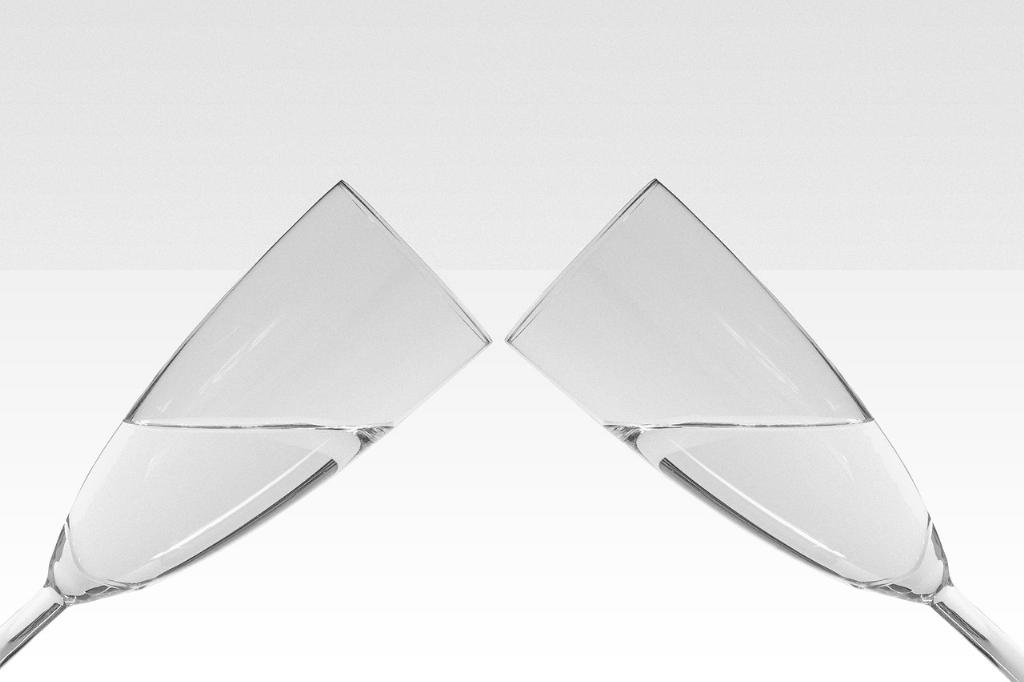When it comes to describing the taste of Champagne, it can be quite complex. While Champagne is generally known for its crisp acidity, there is also a wide range of sweetness levels that can be found in different varieties of this sparkling wine. So, is Champagne sweet or bitter? Let’s delve into the details and uncover the truth.
Understanding Dosage and Residual Sugar
To comprehend the sweetness levels in Champagne, we need to understand the concept of dosage. Dosage refers to a mixture of wine and sugar that is added to Champagne after the sediment is removed during the disgorgement process. This step allows Champagne producers to control the final taste and sweetness of the wine.
The residual sugar in Champagne refers to the amount of sugar that remains in the wine after the fermentation process is complete. This sugar can come from both the grapes used in Champagne production and the sugar added during dosage.
Brut Champagnes – Crisp and Dry
One of the most common types of Champagne is Brut. Brut Champagnes typically have a minimal amount of residual sugar, usually less than 12 grams per liter. This results in a dry and crisp taste, with a pronounced acidity that is refreshing on the palate. The low sugar content ensures that Brut Champagnes are not overly sweet and are more on the bitter side.
Extra Brut Champagnes – A Bone-Dry Experience
For those who prefer an even drier Champagne, Extra Brut is the way to go. Extra Brut Champagnes have an extremely low dosage, sometimes as close to zero grams of residual sugar as possible. This style of Champagne offers a bone-dry experience, focusing on the purity of the grapes and the crisp acidity without any significant sweetness. Extra Brut Champagnes lean more towards bitterness rather than sweetness.
Sec and Demi-Sec Champagnes – Embracing Sweetness
While Brut and Extra Brut Champagnes lean towards the drier side, there are also Champagnes that embrace sweetness. Sec and Demi-Sec Champagnes have higher levels of residual sugar, giving them a more noticeable sweetness. Sec Champagnes generally contain between 17 to 32 grams of residual sugar per litre, while Demi-Sec Champagnes have even higher sugar levels, ranging from 32 to 50 grams per litre.
These sweeter styles of Champagne offer a delightful contrast to the acidity, providing a more rounded and luscious mouthfeel. They are perfect for those who prefer a touch of sweetness in their sparkling wine.
Other Factors Affecting Taste
While dosage plays a significant role in the sweetness level of Champagne, it is essential to note that other factors can affect the taste as well. The grape varieties used, such as Chardonnay, Pinot Noir, and Pinot Meunier, contribute their own unique flavors and characteristics to the final product.
The climate and soil of the Champagne region also influence the taste, as do the winemaking techniques employed by different producers. These factors contribute to the overall balance of flavors in a bottle of Champagne, resulting in a complex and nuanced palate.

The Verdict: It Depends on the Champagne
So, to answer the question of whether Champagne is sweet or bitter, the answer varies depending on the specific Champagne being tasted. Brut and Extra Brut Champagnes tend to be dry and leaning towards bitterness, while Sec and Demi-Sec Champagnes offer a sweeter experience.
Ultimately, it comes down to personal preference. Some may seek the refreshing acidity and dryness of Brut Champagne, while others may enjoy the added sweetness and roundness found in Sec and Demi-Sec Champagnes. Exploring the diverse range of Champagne styles allows you to find the perfect balance of flavors that suits your palate.
